Consider the Lily: Sight, Nature and Wellness
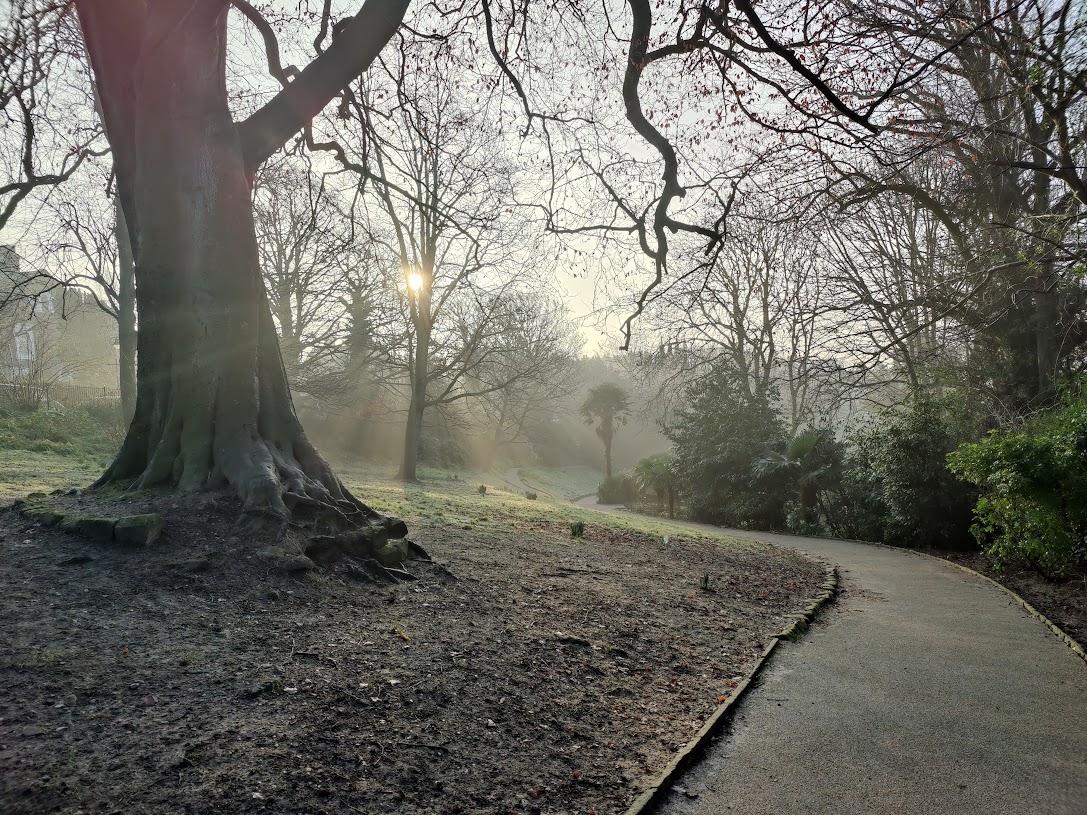
Written by Elliot Riley
The Healing Power of Nature’s Sights
It’s easy to envision the modern world as a place of white, blue and black pixels. Overwhelmed by screens, our eyes are awash with artificial light – and it’s only in the rarest moments that we can catch a glimpse of a flower on our walk to the shops.
As tempting as this Orwellian vision may be, you’d be hard pressed to find someone who’s life isn’t enriched, nourished, and inspired by the things that reflect into their eyes. In truth – this is what our faculty of sight evolved to do; to help us find the good things in life – and to stay away from the bad. These powerful signals reverberate through our mind and body, letting us know whether we are a safe environment, or a dangerous one. So learning how to nourish ourselves, and how to signal wellness into our body is essential.
Fortunately, the natural world is the perfect place to do so.
In this next article in our sensual series, we’ll explore sight – and our relationship to this most profound of gifts.
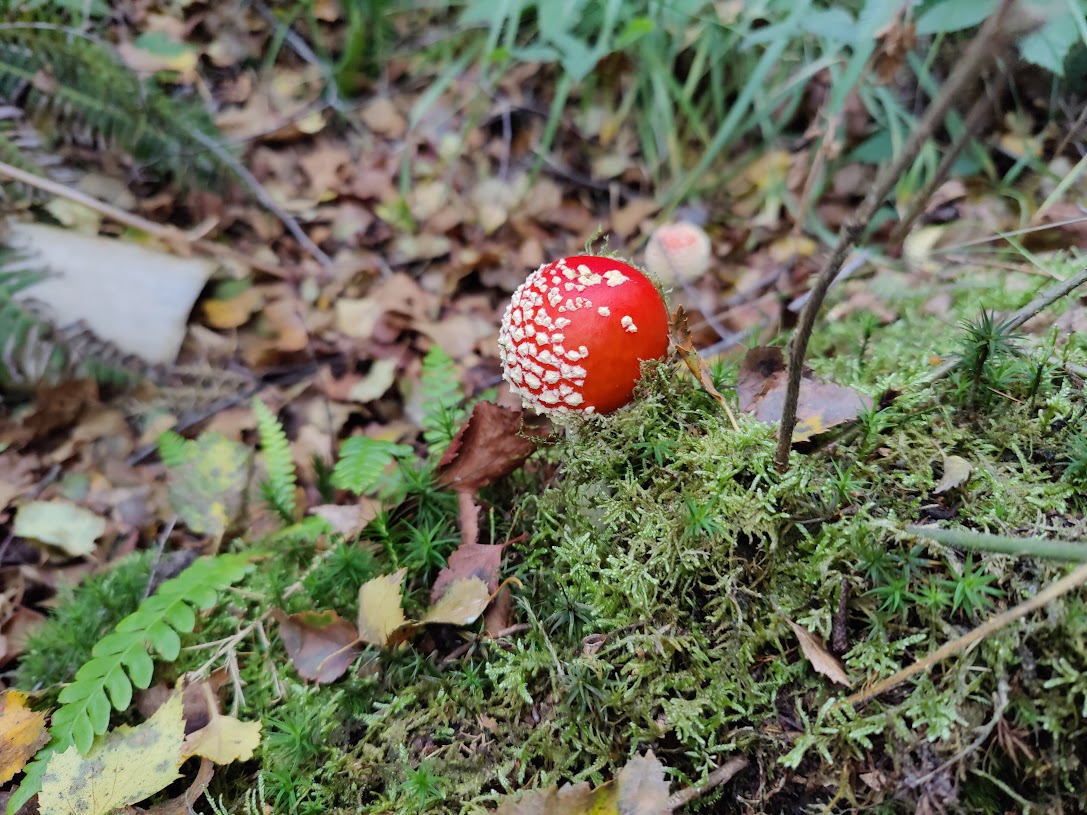
Life at first sight
Our vision has developed over millions of years. Starting as a simple sensitivity to the difference between light and dark, it has been spectacularly refined to help us identify food, water, shelter and potential threats in our ancient environments. Vibrant red berries stood proud against green foliage, sunlight glittered on streams, signalling fresh water, and the sight of swaying grasses warned us of the potential for prowling teeth.
Everything about our eyes—from their placement on the front of our faces, to our high visual acuity—evolved to find the good things we should move toward and the dangerous things we should avoid. Sight enabled our ancient ancestors to survive and thrive.
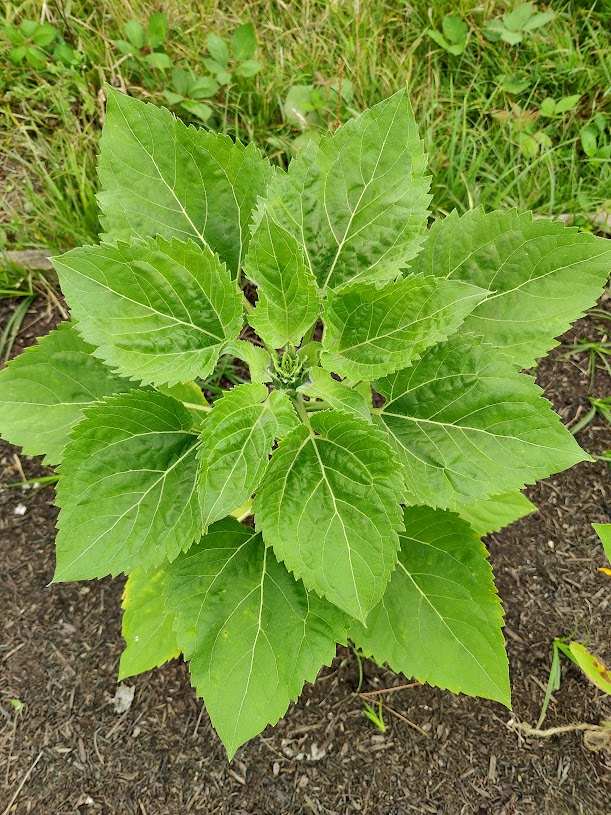
Survival and beauty
Fast forward to modern times. Although most of us no longer rely on vision to find our basic needs in the wilderness, studies show that nature’s sights affect us profoundly. When we go into healthy outdoors spaces, sight, amongst the other senses, rewards us. Dappled forest floors, sunlight streaming through trees, the sparkle of water—these scenes subconsciously tell our brains that we are in a life-giving place, where we can rest, eat and play.
Seeing nature’s beauty inspires feelings of awe, joy and tranquillity. Japanese scientists found that looking at forest scenery for just 20 minutes significantly reduces stress hormone levels. The visual complexity found in nature engages our involuntary attention, giving an effortless focus that restores us from mental fatigue. By observing the natural world as it sways, buzzes and trickles about its business, we are able to drop into a deeper place, where our existence is aligned with the speed of the earth, rather than our anthropocentric hustle.
The sight of nature’s work also inspires humans to create. Throughout history, architects have modelled cathedrals and soaring galleries after forests, with columns like tree trunks and vaulted ceilings that evoke branches. Poets and artists have found endless muses in the subtle details of the natural world, recognising both our great size, and our absolute minuteness, all in the sight of a ladybird negotiating the halls and passages of the undergrowth.
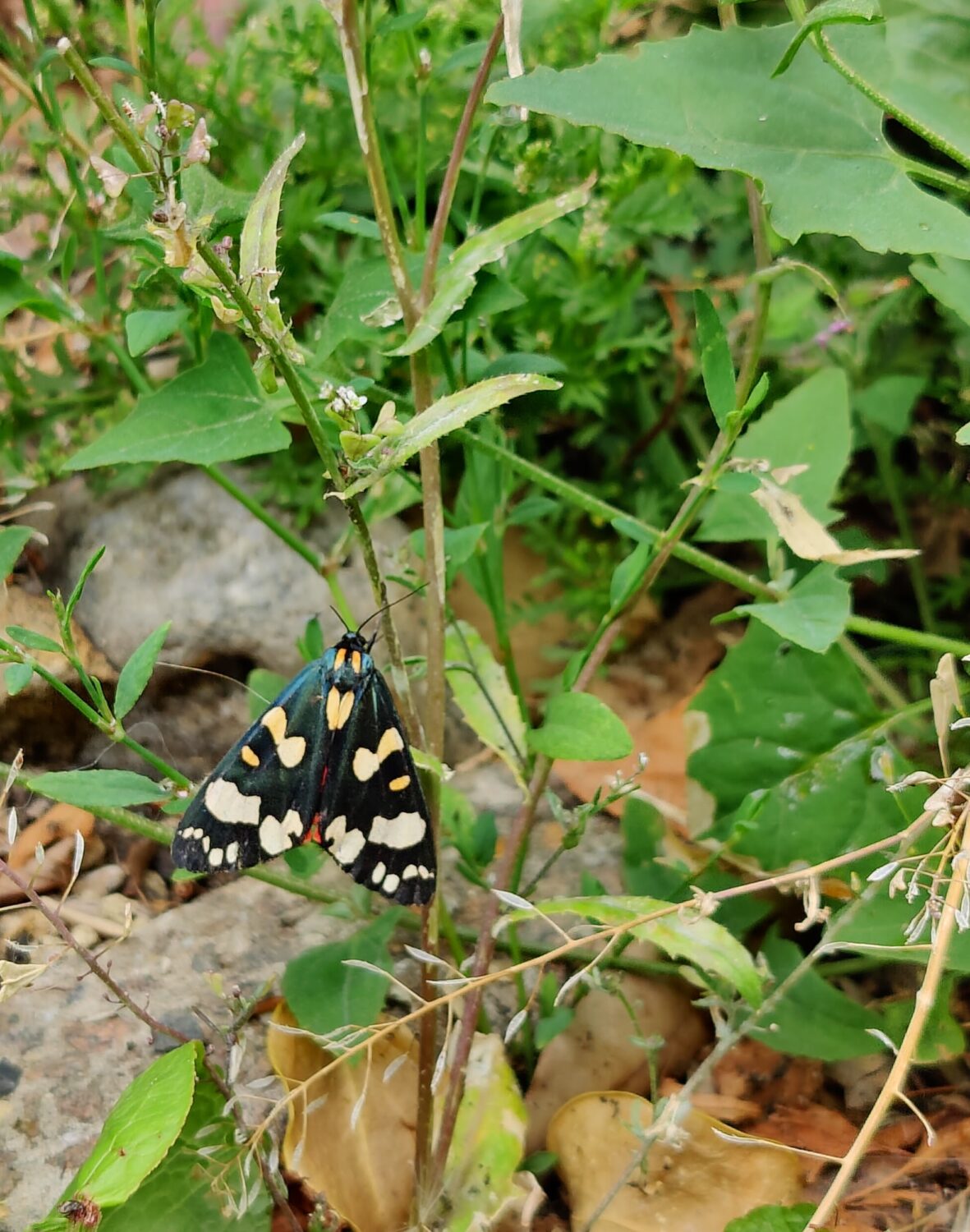
Natural balance
Beyond reducing stress and inspiring art, exposure to nature balances our brain hemispheres. The two sides of our brains control different cognitive functions; the left hemisphere handles logical tasks like reading, maths and analysis, whilst the right hemisphere governs creative and imagery-related tasks.
When we look at screens or manmade environments, we predominantly use our left brains. Urban scenes full of straight lines, symmetry and order activate left-brain dominance, which is reinforced by the left-brain context of our patriarchal society. Constant left-brain usage during the workday leads to mental fatigue, and disconnects us from our emotions, intuition and creativity.
Spending time in nature engages the right side of our brains. Natural environments contain few straight lines, filled with infinite variations, complexity and asymmetry. Observing the nuance of a forest scene or a meadow engages the right hemisphere, calming our nervous system, and opening up the elements of our being which makes humanity beautiful.
Studies show that people who spend more time outdoors have greater left/right brain balance. The chaos of nature integrates both sides of our brains – allowing us to marry creativity with structure. This is why a walk in the park in the middle of a work day can not only calm us, but offer us clarity or new perspectives on the challenges we face.
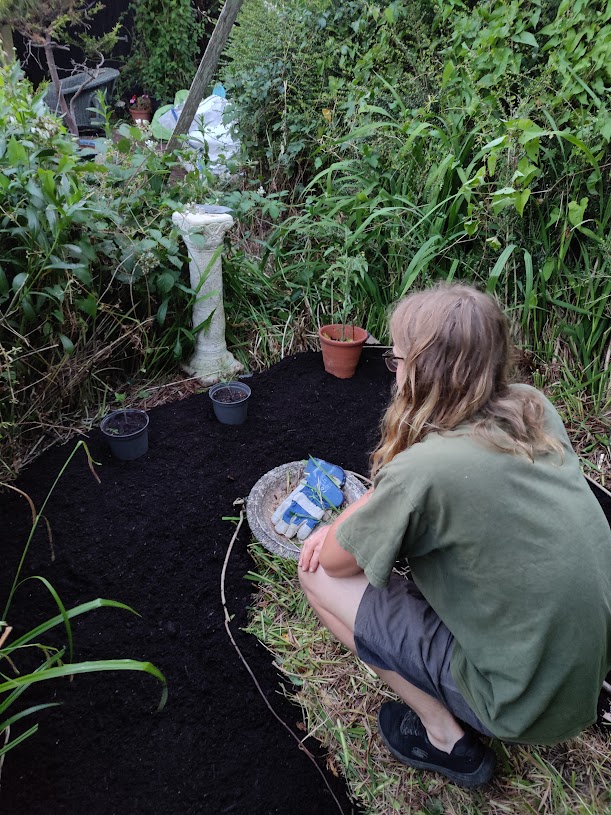
Eyes set on the future
Many of the demands of the modern world draw us from time spent observing nature – but those demands needn’t be utterly dismissed for us to gain a greener gaze. Making time each day to slowly observe the world around us can heal us, calm us, and bring more beauty to our life.
We may not be able to spend the time in the wilderness that we desire. But there are plenty of ways that even the most desk-bound of us can benefit from the sight of green:
- Taking a walk during a lunch break can stretch the eyes, and if you can allow yourself to soften your vision, taking in what’s on your peripheries, you can activate the right-brain balancing effect. This process is even used as a fundamental aspect of “shamanic” walking – granting sensitivity to the the broader energies around us.
- Positioning your work desk near a window with a natural view offers an easy respite for the eyes – not to mention the soul.
- Planting a garden in your home or office creates space for the complexity of wildlife to abound near you – whilst affording the other benefits of time outdoors, which are explored in the rest of this blog series.
- Observe the variety of shades, shapes and details you can find around you as you walk – this trains the eye to see more, and absorb more of nature’s splendour. This type of consideration has been lauded by many of history’s wisest, from Christ to the Buddha.
- Dedicate larger chunks of time to get outdoors. Whether this means the beach, the forest, or even a section of park, having several hours of outdoor time on a regular basis can be one of the fastest ways to reconnect with our calmer, animal nature.
These are all easy practices which can be adopted. You may find that they alone make a sizeable impact on your stress levels, your patience and general wellbeing.
We’ve been deeply gifted by the beauty that the natural world puts in front of us. And when we recognise the gifts which the natural world offers us, we get to live healthier, richer, more meaningful, more regenerative lives. And whilst our busy world can make it easy to forget the beauty around us, in truth, the only thing we have to do is look for it.